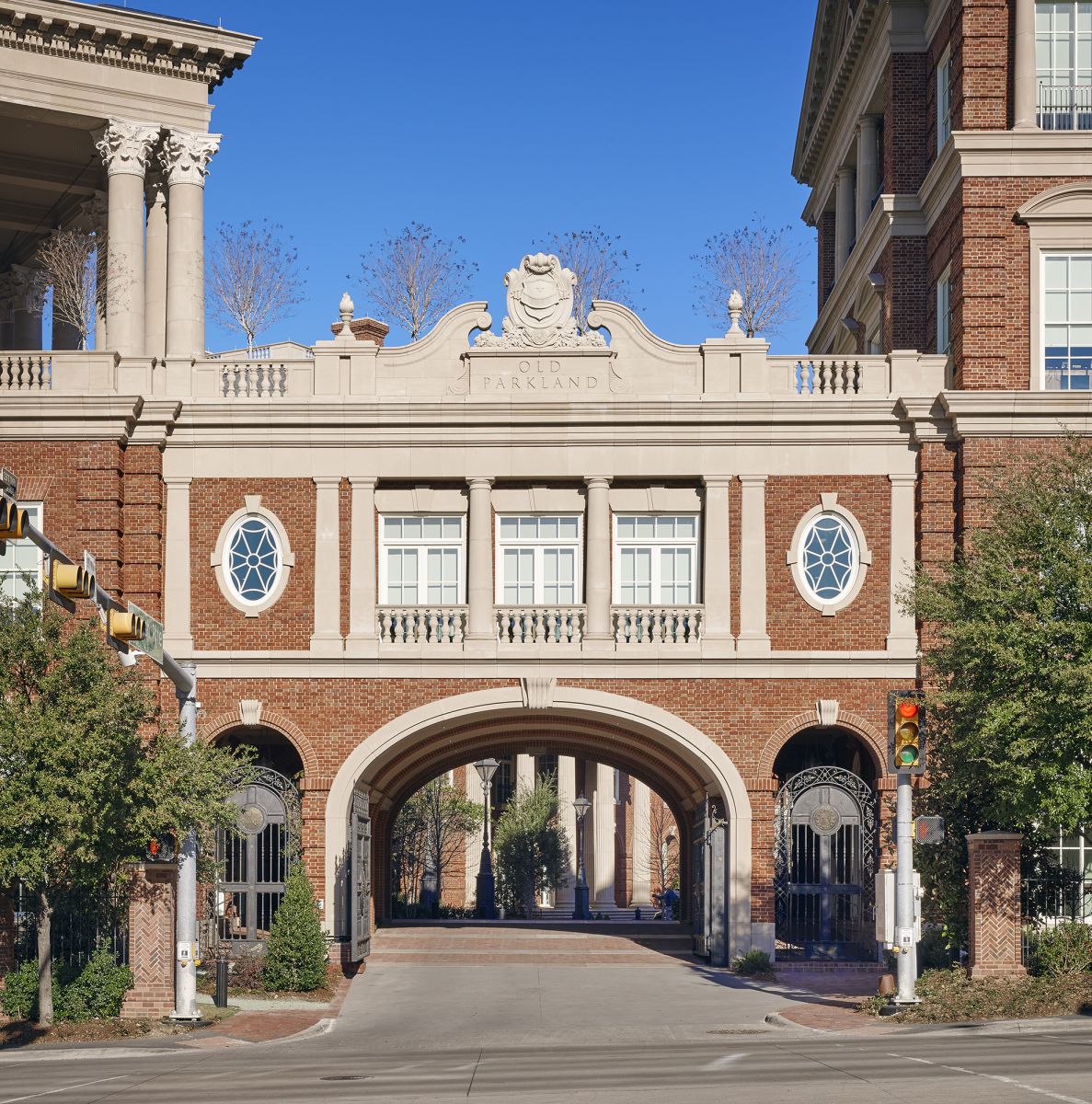Local Planning Policies


Look at the communities that have stood the test of time — the neighborhoods that have kept their value, their beauty, and their charm long after the builder and/or developer has made their money from the project.
Many of these desirable communities – if not most – probably have a lot of brick. Many community planners want to ensure that their neighborhoods today stand for quality, attractiveness and strength. Because there is no one-size fits all solution, there are many different options to help communities build the communities that work best for their neighborhood – even if one believes that zoning ordinances aren’t possible. BIA Brick Councils and Regions actively participate in defending local community’s choices to build with their preferred building material.
Masonry Planning Policy Method
Just as each community is unique, planners can be unique in the methods they use to manage their design. Some communities implement a combination of planning policies to manage design with brick and masonry. The following descriptions can help you determine the best type of policy for your community.
Building Codes and Zoning Ordinances
Communities often require brick and masonry cladding for new construction in fire and building codes. Zoning ordinances that require a specific percentage of masonry ensure a standard of design throughout specified land uses, and these ordinances set a clear minimum requirement for all developers creating a level playing field for builders.
Overlay Districts
Overlay districts allow communities to require or omit certain zoning restrictions from a defined geographic area in a community and are valuable tools to implement masonry planning policies when it is not feasible to adopt a community-wide masonry planning policy.
Design Guidelines
Design Guidelines are discretionary regulations that determine appearance of land development. Design guidelines are most commonly used in distinct areas of communities such as downtowns or historic districts. This tool is most commonly implemented when a community is concerned with architectural elements beyond exterior cladding materials.
Planned Unit Developments
A Planned Unit Development (PUD) encourages creativity in design of development on a small scale. The flexibility of a PUD allows planners to make insert requirements in a development not otherwise required by code such as requiring brick and masonry on all homes and businesses built in the PUD.
Incentive-Based Design
Incentive based design includes a number of methods communities can use to encourage the use of brick and masonry. Revolving loan façade improvement programs, historic tax credits, Business Improvement Districts, Urban Renewal Authorities, and tax incentive programs are all examples. Downtown Development Authorities, and Certified Local Governments also have access to unique tools to manage design and can create incentive- based design programs based on their individual authorities.
Form-Based Codes
Form based codes allow communities to accept higher densities or intensity of development in order to achieve a recognized "form” of development, which can include architectural qualities such as brick and masonry construction. There is flexibility built in, which is why this method is popular.
Case Studies
This compilation of case studies provides valuable information concerning community-wide benefits and local governments' impetus behind adopting standards that recommend or mandate clay brick and masonry. The case studies also explain the challenges and community support that was experienced when implementing the standards.